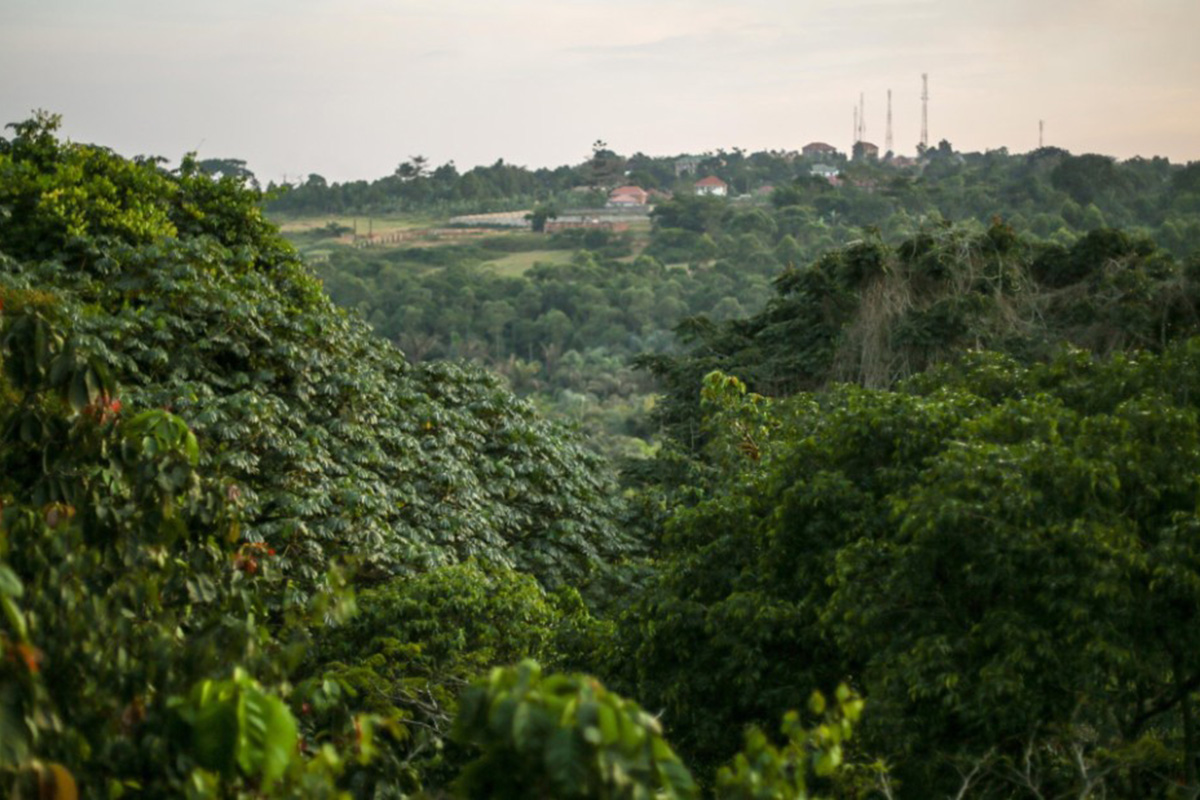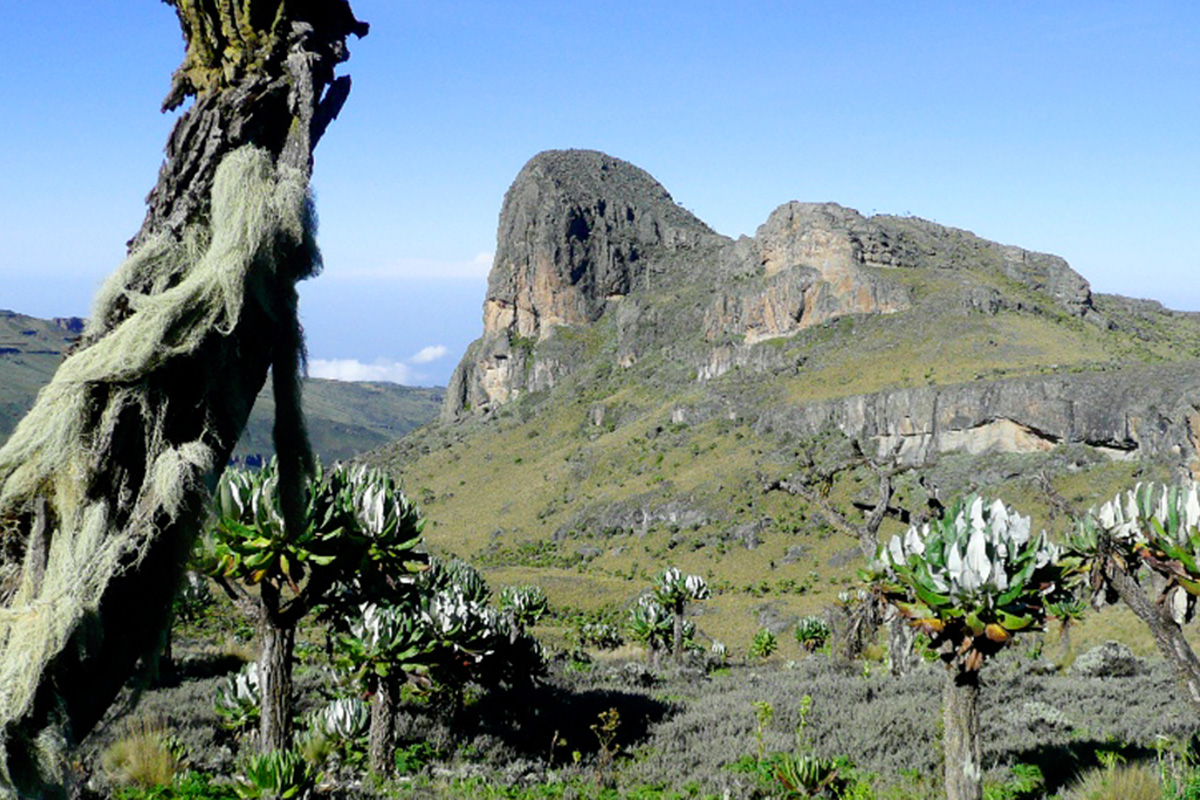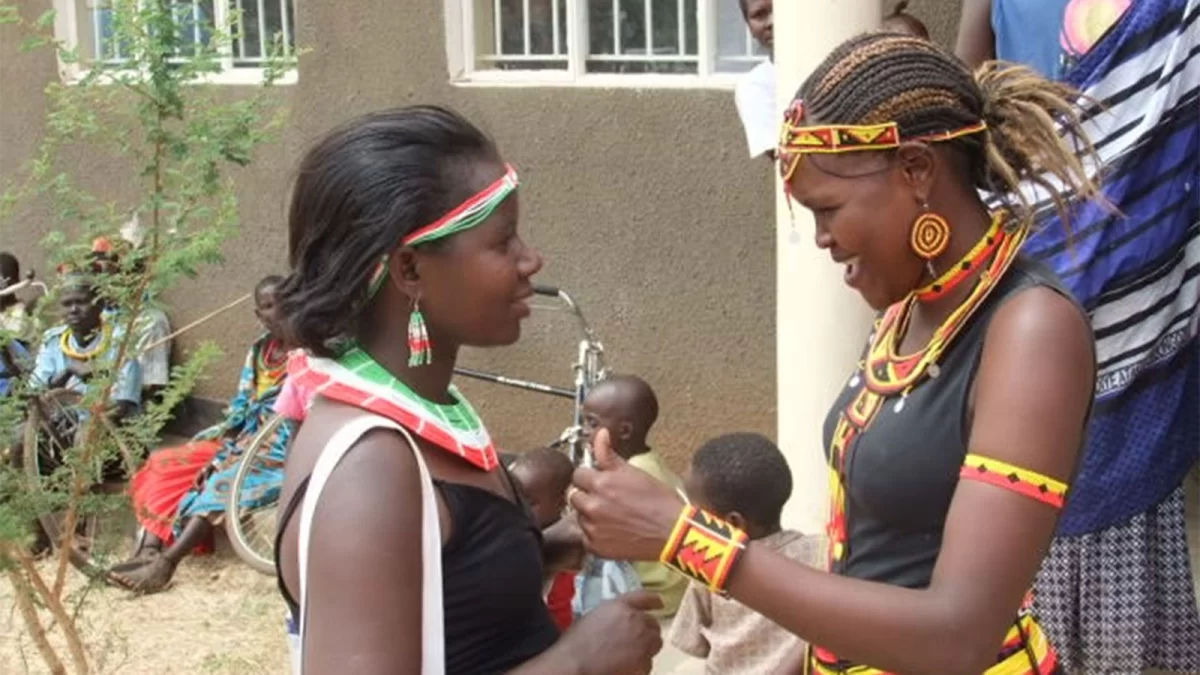
Visit Zika Forest In Entebbe Uganda
September 12, 2023
Explore Kapkwai Forest Exploration Center
September 12, 2023Experience Nomadic Women’s Night in Uganda – An Evening with Karamajong Warriors
A Nomad, in the truest sense, is a person without a fixed habitation, a wanderer who thrives within the embrace of a community constantly on the move, traversing familiar territories season after season. The nomadic lifestyle encompasses diverse groups, including hunter-gatherers, pastoral nomads tending to their cherished livestock, and tinkers or trader nomads trading their way across the world. In 1995, an estimated 30-40 million nomads roamed the globe.
Nomadism, with its roots deep in history, has been the vanguard of human subsistence. It has taken the form of nomadic hunting and gathering, where communities follow the cyclical bounty of wild plants and game. This practice, by far the oldest human subsistence method, encapsulates the essence of nomadic life. Pastoralists, on the other hand, raise herds, orchestrating their movements with precision to ensure pastures recover naturally, avoiding overgrazing.
The nomadic way of life isn’t exclusive to unforgiving, resource-scarce landscapes alone; it is a lifestyle adapted to regions as diverse as the arid steppe, frigid tundra, and vast deserts of sand and ice. In these harsh terrains, mobility becomes the ultimate strategy for harnessing scarce resources effectively. For instance, many groups dwelling in the tundra adopt a semi-nomadic existence, herding reindeer and meticulously tracking forage for their animals.
Additionally, the term “nomadic” extends to diverse itinerant populations who journey amidst densely populated regions, proffering specialized services as external consultants to resident communities. These peripatetic nomads ply their trade as wandering artisans, traders, or experts, contributing their unique skills to the societies they encounter.
A nomad is an individual who calls no single place home, instead embracing the nomadic existence, journeying from one location to another to secure sustenance, find pastures for their livestock, or seek livelihoods through various means. The word “nomad” traces its lineage to the ancient Greek word “νομάς” (nomás), signifying roaming and wandering, especially in search of pasture. Derived from the Greek word “νομός” (nomós), meaning pasture, the term aptly captures the essence of nomadic life.
Most nomadic groups adhere to predetermined annual or seasonal patterns of movement and settlement. Traditionally, nomadic people traverse landscapes on foot, using animals or canoes as their primary mode of transportation. In modern times, some nomads have adopted motor vehicles to facilitate their journeys. Nomadic communities often dwell in tents or portable shelters, emblematic of their ever-changing way of life.
The reasons for nomadic existence are as diverse as the nomads themselves. Nomadic foragers, driven by the quest for game, edible plants, and water, embark on seasonal migrations. Indigenous groups such as the Aboriginal Australians, Southeast Asia’s Negritos, and Africa’s San people exemplify this way of life, perpetually moving from one camp to another in pursuit of sustenance. Certain tribes in the Americas also uphold this tradition.
Pastoral nomads, on the other hand, derive their livelihood from raising livestock like camels, cattle, goats, horses, sheep, or yaks. For instance, the Gaddi tribe in Himachal Pradesh, India, adopts this nomadic lifestyle, trekking across the Arabian deserts and North African regions to graze their camels, goats, and sheep. Fulani herders and their cattle journey through the grasslands of Niger in West Africa, perpetuating the nomadic tradition.
In some instances, nomadic peoples, particularly herders, embrace a nomadic lifestyle to raid settled communities or evade adversaries. Craftsmen and merchants who are nomadic journey to locate and serve customers, crafting a livelihood defined by the ceaseless pursuit of commerce. This category includes India’s Lohar blacksmiths, Romani traders, and the wide-ranging community of travelers, each leaving their indelible mark on the nomadic tapestry of human history.
Embarking on a nomadic journey unveils a world of mystery, tradition, and resilience, a testament to humanity’s enduring connection with the ever-changing landscapes that have shaped our past, present, and future.

